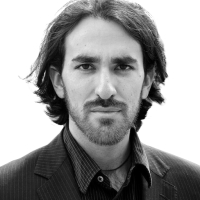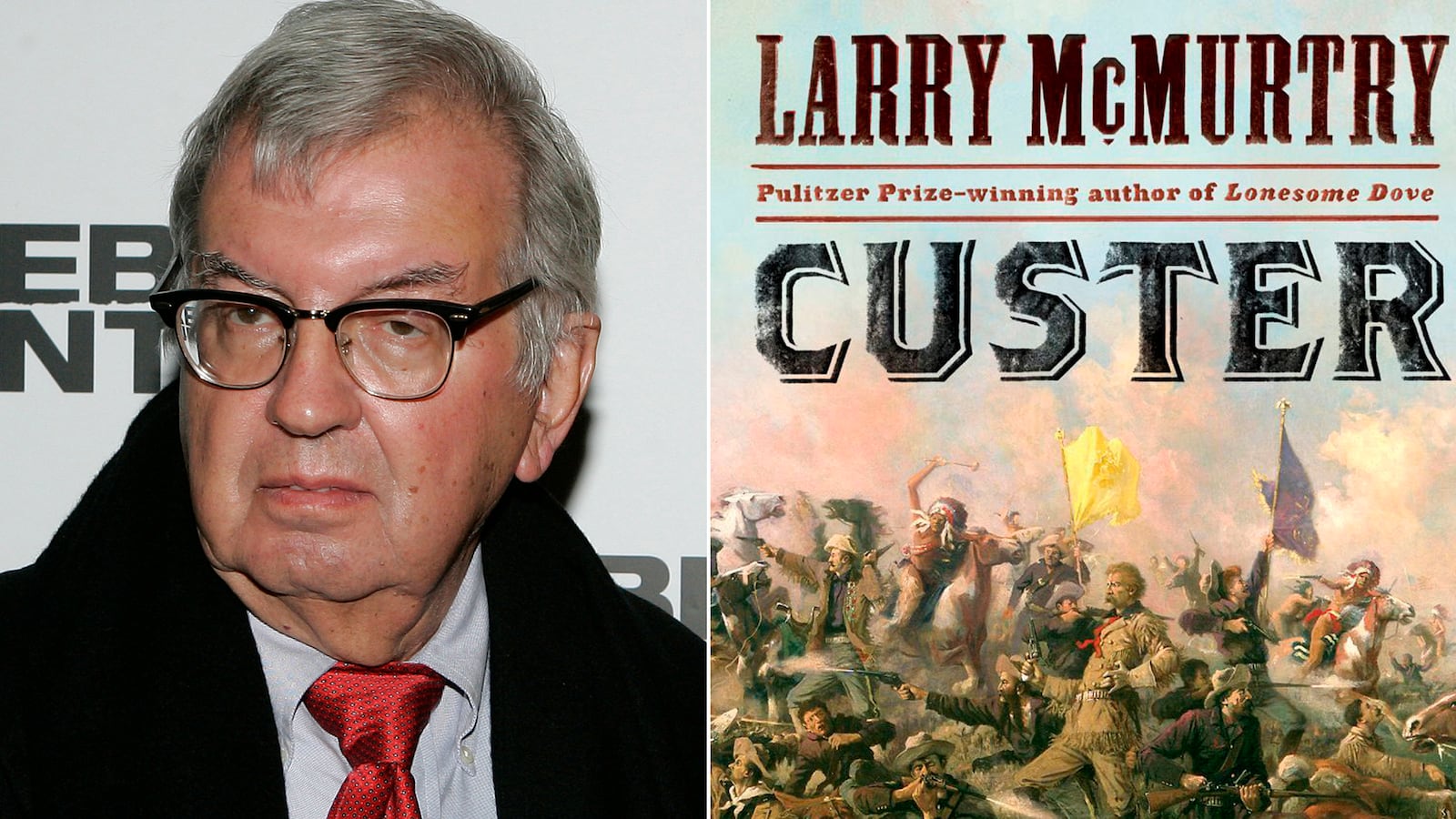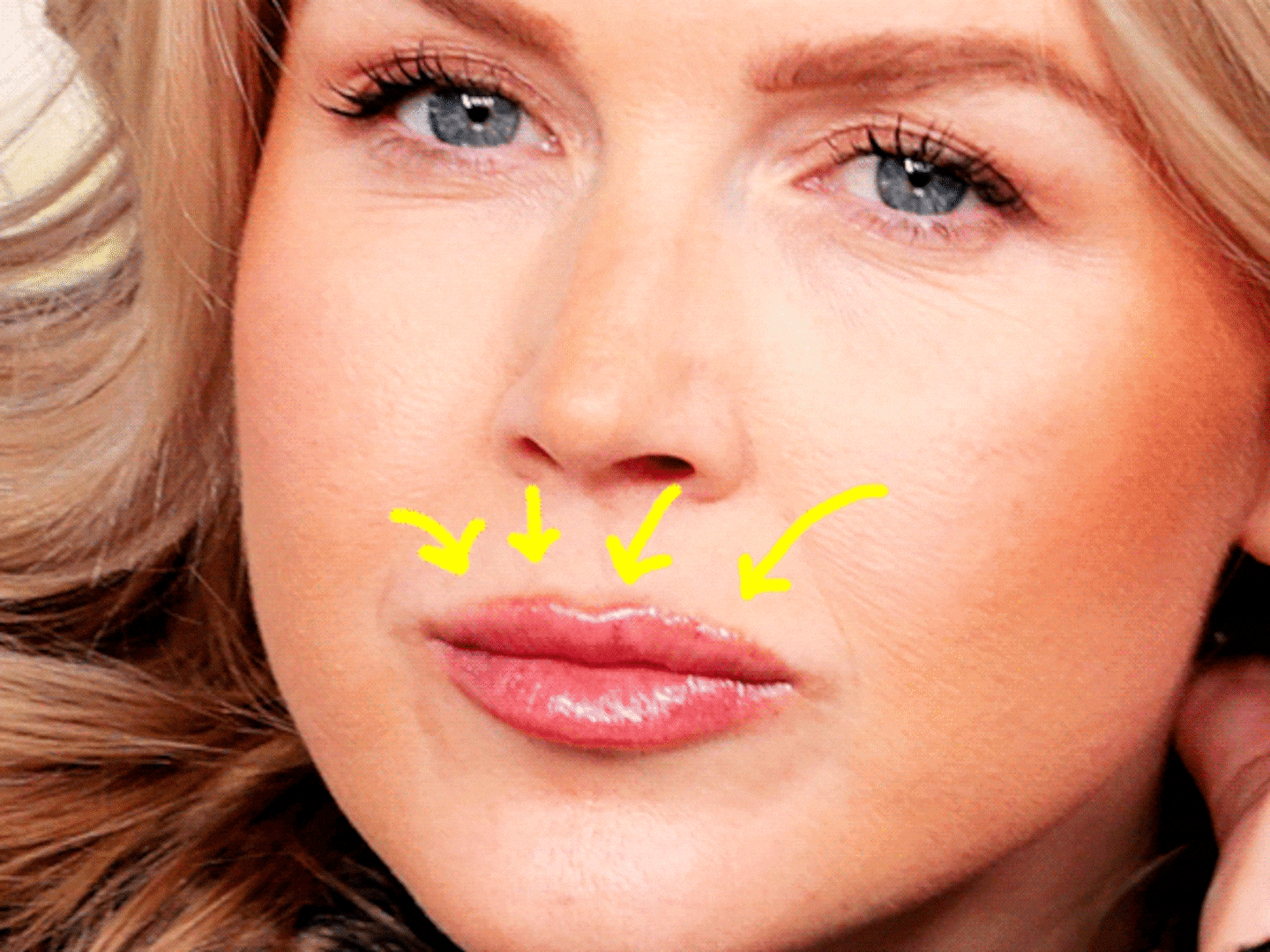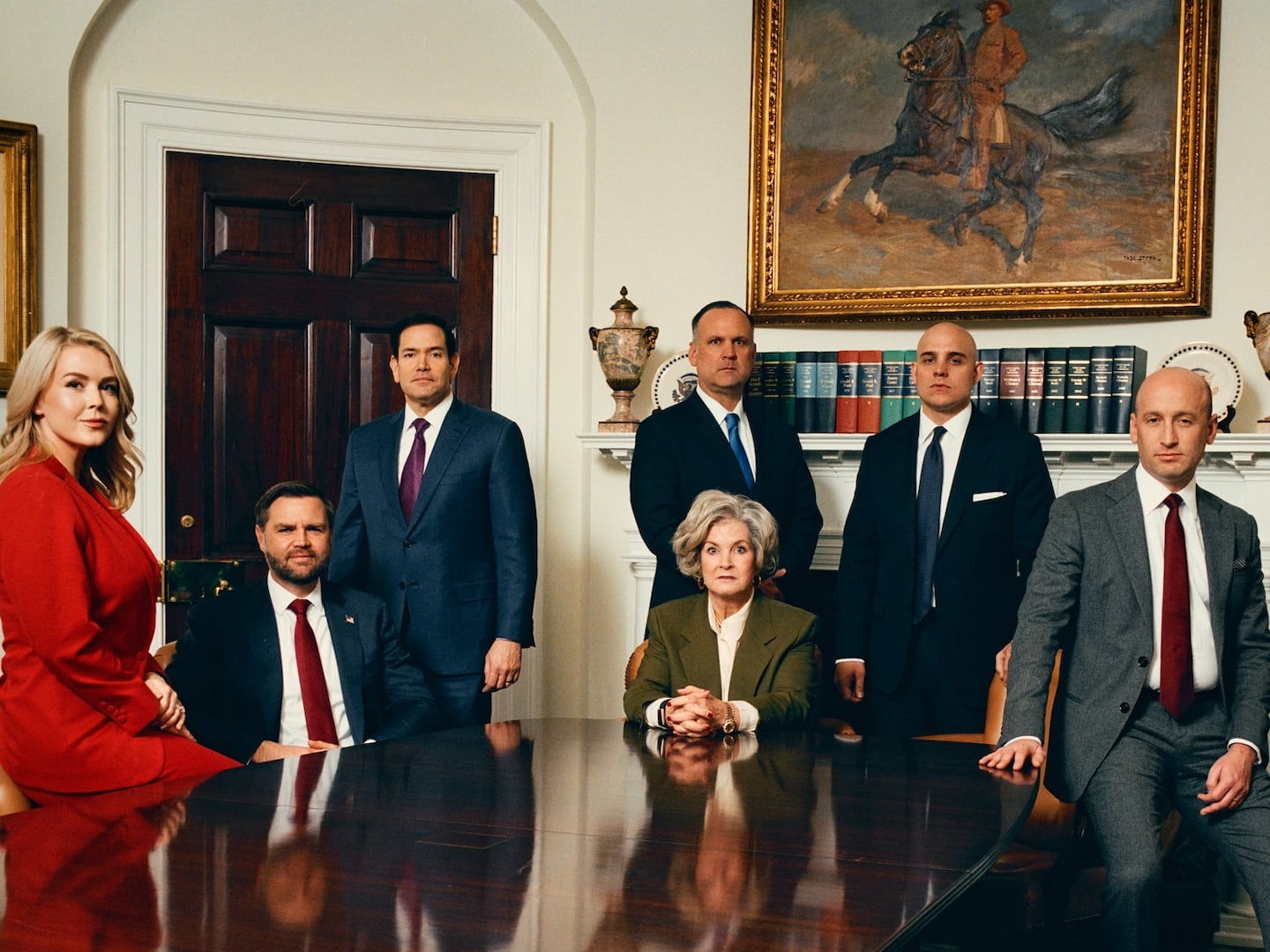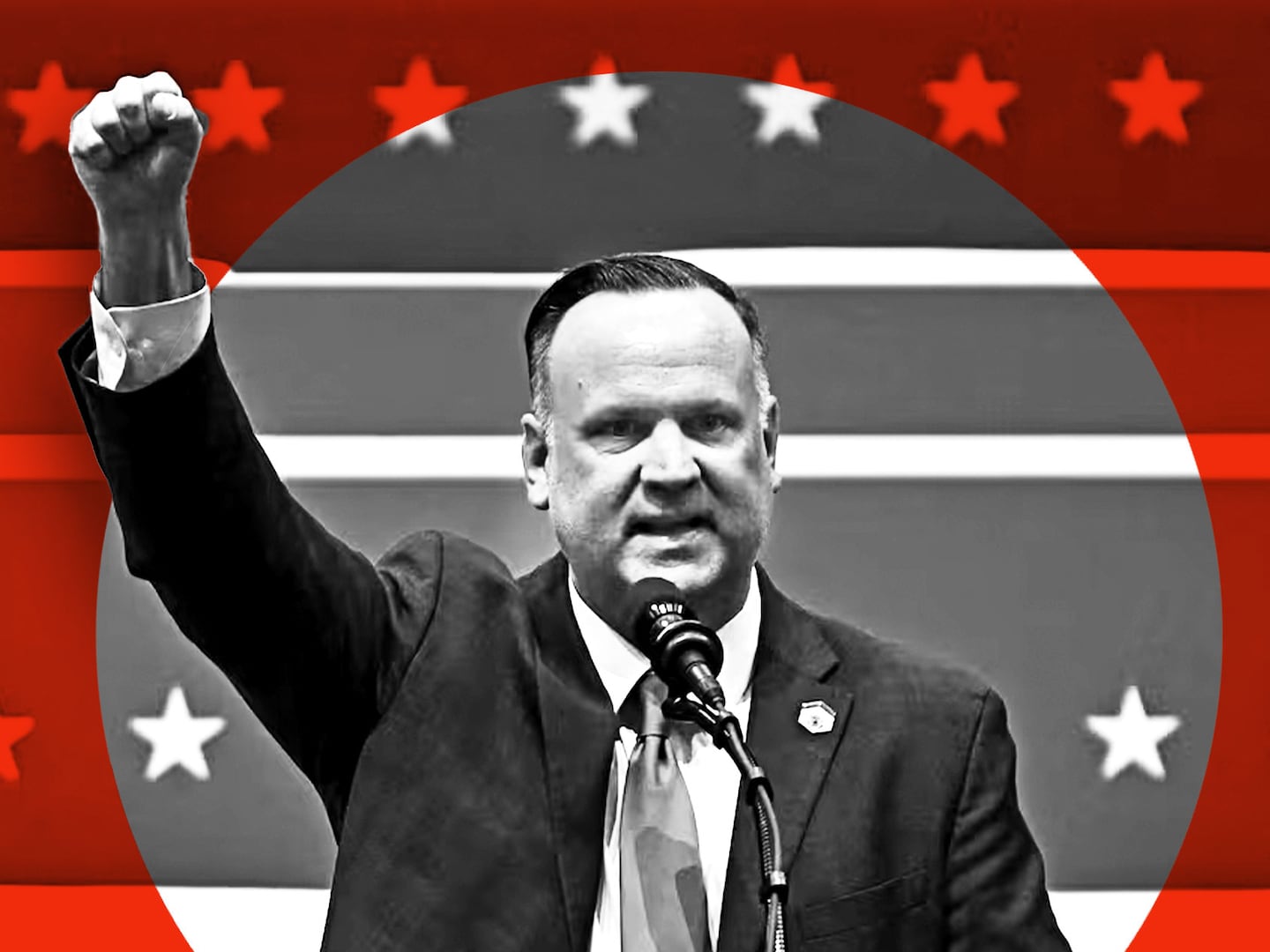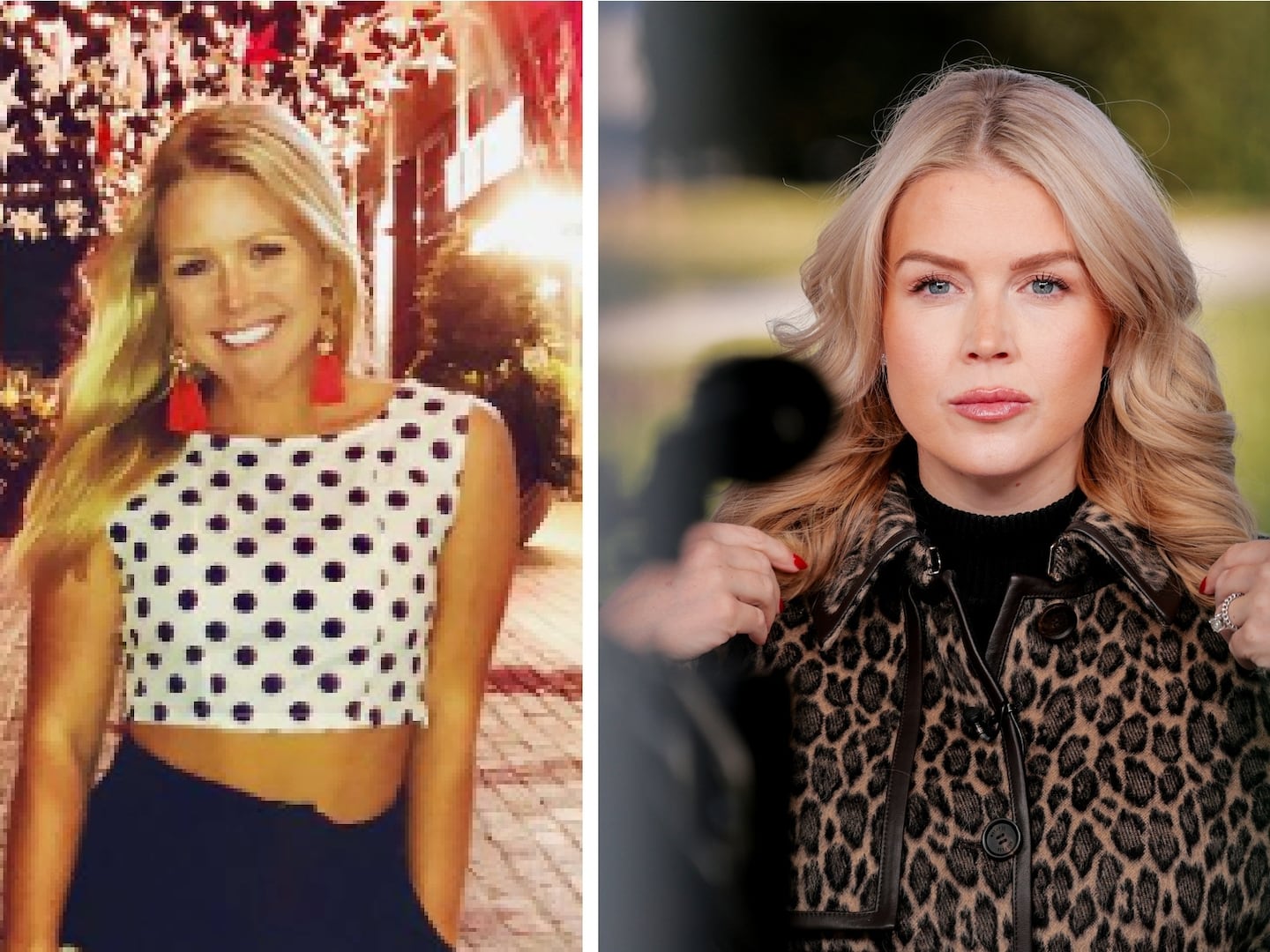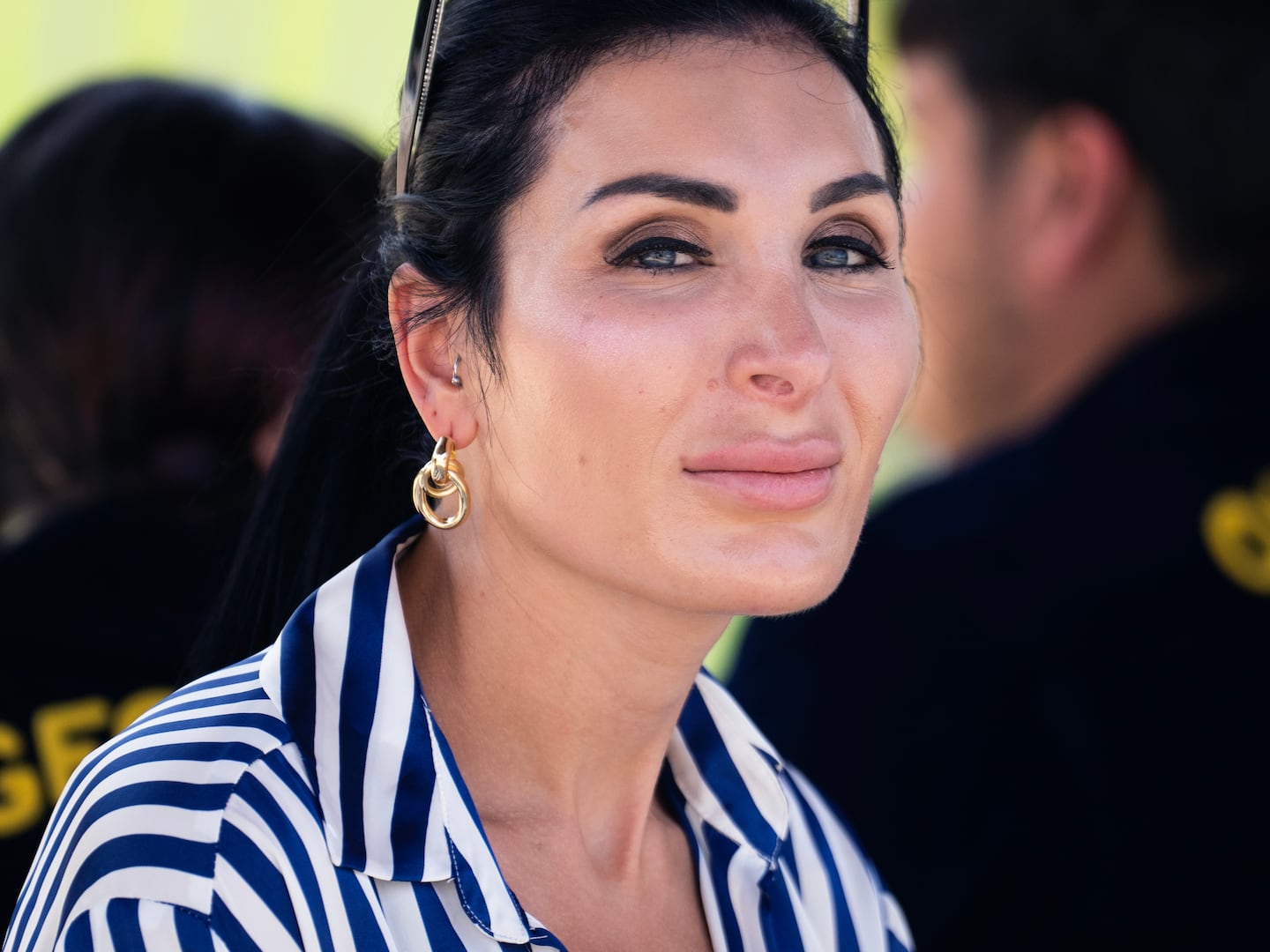
Where did you grow up?Born in Wichita Falls, Texas. Raised in my grandparents’ home, located on Idiot Ridge in southeast Archer County. Moved to Archer City, Texas, at the age of 6.
Where and what did you study?I began my college career at Rice Institute (not yet Rice University) in Houston; however, Rice at that time was mainly an engineering school, and when I received a 2 on my first calculus exam, I transferred to North Texas State, where I received my bachelor’s degree. I returned to Rice University after graduation, where I received a master's degree in English. Afterwards, I attended Stanford University on a Stegner fellowship for one year.
Where do you live?I live hither and yon, Texas and Arizona, mainly whatever’s most convenient at the time.

You’ve long been considered the leading writer of Westerns, or rather stories set in the old West or in contemporary Texas. But you also write excellent criticism, essays, and screenplays. Are you comfortable with your association as a writer of Westerns?Not entirely, no. In the first place, you have to define “Western.” What is a Western? Is it anything set in the West, contemporary or otherwise?
It’s hard for many of us to imagine having written as iconic a novel as Lonesome Dove, winner of the 1985 Pulitzer Prize. How has the legacy of that book affected your career and what you have chosen to write since?I don’t think about Lonesome Dove very much or very often. It only affected what I chose to write afterwards in terms of the other three books in the Lonesome Dove tetralogy. I would have written the rest of my books, whether or not I’d written Lonesome Dove. I’ve never re-read Lonesome Dove, or given it any real thought.
Many of your books, from Lonesome Dove to Horseman, Pass By, have been adapted for the screen. [Horseman, Pass By was adapted as Hud.] What are your thoughts on the screen versions of your work?I’ve been very lucky to have mostly fine movies made from my work—most, if not all. I wasn’t crazy about Hud, because of the slaughter scene, mainly. Melvyn Douglas was very good, and so was Brandon De Wilde. Patricia Neal won an Oscar and she deserved it, she was wonderful. I felt Paul Newman was a little too mannered, a little too “actor’s studio.”
Lovin’ Molly [adapted from Leaving Cheyenne] was not good. Sidney Lumet shot most of it in New Jersey, when the story actually takes place in Texas. There’s something to be said for location. The cowboys were dressed in bib overalls, which just about killed my father.
The Last Picture Show was a rare example of the right director getting the right material at the right stage in his career. If it hadn’t been for his brilliant wife, Polly Platt, who talked him into doing it, it likely would have never been made. He didn’t like that kind of dark material at all. Peter Bogdonavich had an encyclopedic knowledge of American actors, and so it was wonderfully cast. I thought Ellen Burstyn was equally as good as Cloris Leachman.
Terms of Endearment got made because Polly Platt was so persistent. Jack Nicholson had turned it down several times, but finally agreed to do the film, and it got made. It took nearly 10 years to get it to the screen. I loved Debra Winger as Emma. Aurora Greenway was one of Shirley MacLaine’s best roles.
Lonesome Dove the miniseries? I have only seen portions of it, so I don’t really have a comprehensive opinion about it. Duvall and Tommy Lee made an appealing pair. I’ve heard it’s been seen by about 120 million people, so I guess it’s pretty popular.
You’ve also participated in screen adaptations, including co-writing the screenplay for Brokeback Mountain. How do you approach a short story (Annie Proulx’s “Brokeback Mountain”) and transform it into a screenplay? Could you talk us through the process?Well, Diana brought the story to me to read. I was reluctant to look at it, since I can’t write short fiction. But she persisted, I read it, and she asked if I would write the screenplay with her. I said yes, and so we wrote Annie a letter that very day. We heard from her a week later. She said that she didn’t see a movie there, but have at it. So we did.
We first wrote what was contained in the short story in script form, which only amounted to about a third of the final script; then we decided what we needed and wanted to add, which was mainly the domestic lives of the two men, and challenges they encountered not only with the outer world but within themselves. As writers, we were curious about their wives, and how Ennis’s and Jack’s choices affected them. And we created the rest.
Diana persisted through the years, and the film was finally made. She was also a producer on the movie and was on set the entire time. I avoid movie sets if at all possible. Too boring.

You are the second author I’ve interviewed who owns bookstores. [The other is Louise Erdrich]. McMurtry owns Booked Up, in the Texas panhandle.] What are your thoughts, as a bookstore proprietor, on the future of print books and the current popular trend towards ebooks outselling them?I think the printed book is in danger. It will have a residual presence for a while, but not forever. It’s a revolution, as far as I’m concerned. Email, for example, constitutes a revolutionary form of correspondence.
What is a distinctive habit or affectation of yours?I don’t quite understand the question, so I’ll have to ask my writing partner Diana. Diana says my most distinctive habit is my adherence to routine.
What is your favorite item of clothing?Levis.
Please recommend three books set in the Old West to your readers.Son of the Morning Star by Evan Connell
Little Big Man by Thomas Berger
The Ox Bow Incident by Walter Van Tilburg Clark
Do you have a writer friend who helps and inspires you?Well, of course. My writing partner of 26 years, Diana Ossana.
Describe your morning routine.I get up, shave and bathe, have breakfast at Diana’s, with Faye. If I’m writing, I sit down and write five or 10 pages, depending upon how many pages a day I’ve decided to do for that particular writing project. No more and no less. When I’m finished, I go about the rest of my day—either book scouting, taking a walk with Faye, watching Diana’s seven dogs, picking up and/or dropping off Diana’s various nieces and nephews from school and appointments, if needed. If I’m not writing, after breakfast I go book scouting to wherever there are books to be scouted.
Describe your routine when conceiving of a book and its plot, before the writing begins. Do you like to map out your books ahead of time, or just let it flow?I have never mapped out a book ahead of time. It’s important to me to leave a little space for serendipity. Most of my books start with an ending. Then I go backwards and write towards the ending.
Some author-to-author advice: what has to happen on page one, and in chapter one, to make for a successful book that urges you to read on?A novel should have a good opening sentence. I don’t read much fiction anymore, but I did at one point read a lot of fiction. I believe that all writers should read the classics, of course. If you’re going to write fiction, you should read Tolstoy and the Russians; Flaubert and the French; Dickens; George Eliot; Dreiser; Twain; and on and on. I reviewed fiction weekly, for The Washington Post and Washington Star for many years, and read a lot of contemporary fiction during that time.
Describe your writing routine, including any unusual rituals associated with the writing process, if you have them.One thing I don’t do is read fiction while writing fiction. It interferes with my imagination.
Besides the obvious, what do you keep on your desk?I suppose the fact that I’ve written 41 books on a manual typewriter. That might be distinctive, in the age of computers.

Describe your evening routine.Faye and I have dinner with what constitutes our family—Diana and her nieces and nephews and their father, and Diana’s daughter, son-in-law, and granddaughter, if they are in town. Then we sit down and watch an episode or two of Downton Abbey. Then off to bed.
What is guaranteed to make you laugh?Human foibles.
What is guaranteed to make you cry?Women.
Do you have any superstitions?Nope.
What is something you always carry with you?Books.
If you could bring back to life one deceased person, who would it be and why?Polly Platt, because she was interesting and lovable.
What is your favorite snack?Dr. Pepper and a Hershey’s bar.
What phrase do you over-use?I’ll have to ask Diana again… She says I overuse “sort of.”
What is the story behind the publication of your first book?I sent the manuscript of Horseman, Pass By to The Texas Quarterly, because they were publishing nearly book-length pieces, and a nice man by the name of Frank Wardlaw didn’t want to publish it himself, but he knew someone in New York—an editor at Harper’s—and so he sent it to that editor, Jack Leggatt. Jack Leggatt optioned it for Harpers Publishing.
Was there a specific moment when you felt you had “made it” as an author?There was a moment when I felt I would be able to make a living as an author, and that was after the publication of my novel, The Last Picture Show.
Tell us a funny story related to a book tour or book event.Diana and I were attending a memorial for Wallace Stegner at Stanford University, and we were in the green room with my old friend, Wendell Berry. We were ready to go out and speak, when Wendell stood up and immediately split the rear end out of his pants. His lovely wife Tanya sewed them up, and we proceeded onward.
What advice would you give to an aspiring author?Read, read, read, and read.
Tell us something about yourself that is largely unknown and perhaps surprising.I suppose the fact that I raised my son James alone. Oh, and that I’ve recently acquired a laptop computer because Diana and I have started a blog: www.flashandfiligree.com.
What is your next project?Diana and I recently finished adapting Paulette Giles’ novel, The Color of Lightning, for Ridley Scott; we’ve also written a one-hour contemporary pilot script, entitled Texas aka Lone Star Nation.
This interview has been edited and condensed.
